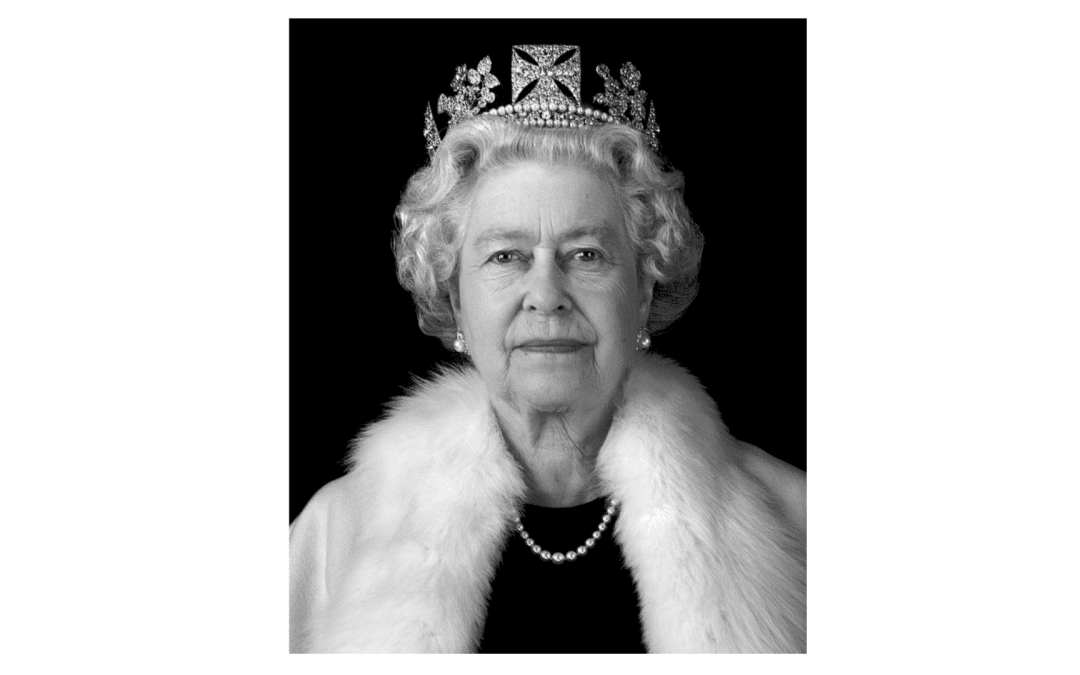Since the abdication of Edward VIII we have enjoyed a clear line of succession. It hasn’t always been so. I recently reviewed Senlac in Readers Club, which covers the period around 1066. The death of Edward the Confessor presaged the Battle of Hastings and William, Duke of Normandy, taking the crown from Harold Godwinson, Edward’s brother-in-law. King William I, William the Conqueror, is the ancestor of all kings and queens to the present day.
Although William I is the common ancestor of all subsequent kings and queens, there have been some cul-de-sacs. Richard II died without an heir, so his cousin, Henry, became King Henry IV. The line continued to Henry VI, who wasn’t considered a strong king. The War of the Roses resulted, and we had Edward IV, Edward V, Richard III, and Henry VII, Henry Tudor, in quick succession. I have described the brutal and uncertain times that followed the death of Henry VIII. The reign of Queen Elizabeth I was long the standard of the time, but dogged by her failure to marry and produce an heir. This, of course, is the time of my 10th great-granduncle, Sir Anthony Standen. Elizabeth I reigned under the constant threat of Catholics, who wanted to replace her with Mary Queen of Scots. Whilst Sir Anthony provided detailed intelligence to her spymaster, Sir Francis Walsingham, which helped defeat the Spanish Armada, he also, albeit by his own account, saved the life of Mary when her husband Darnley and his uncle murdered her secretary. True or not, he was knighted by Mary, although some sources say she commanded Darnley to do it. Since Mary was pregnant with James at the time, he would also have saved James, the successor to both the Scottish and English thrones.
King James’s heir was King Charles I whose conflict with parliament led to the English Civil Wars. England then experimented with government without a monarch under Oliver Cromwell and then his son Robert. It seems that it didn’t suit us, and the Restoration was the result, putting King Charles II on the throne. Charles II didn’t produce an heir, and his brother James succeeded him as King James II. I have posted about the Whigs and Tories in my post on Prime Minister Liz Truss. The Whig opposition to the Catholic King James II resulted in what is known as the Glorious Revolution. William and Mary were invited to become King William III and Queen Mary II. Sadly they didn’t have heirs, and the crown went to James II’s daughter Queen Anne. Queen Anne had eighteen babies, but none survived to adulthood.
The crown then passed to King James I’s great-grandson who became King George I. The House of Hanover reigned as far as William IV. He had no children but ensured that the line of succession was to his niece, Queen Victoria, our new King Charles III’s 3rd great-grandmother.

